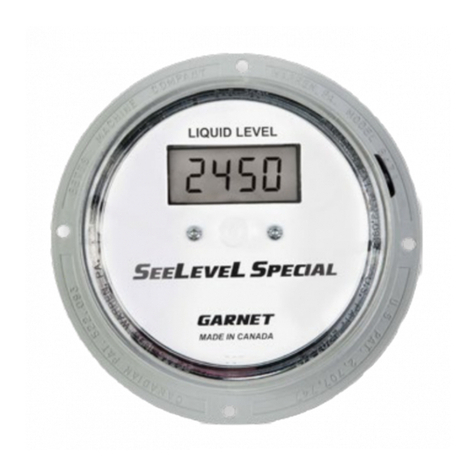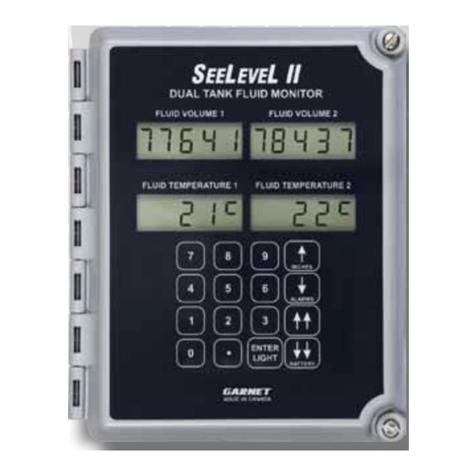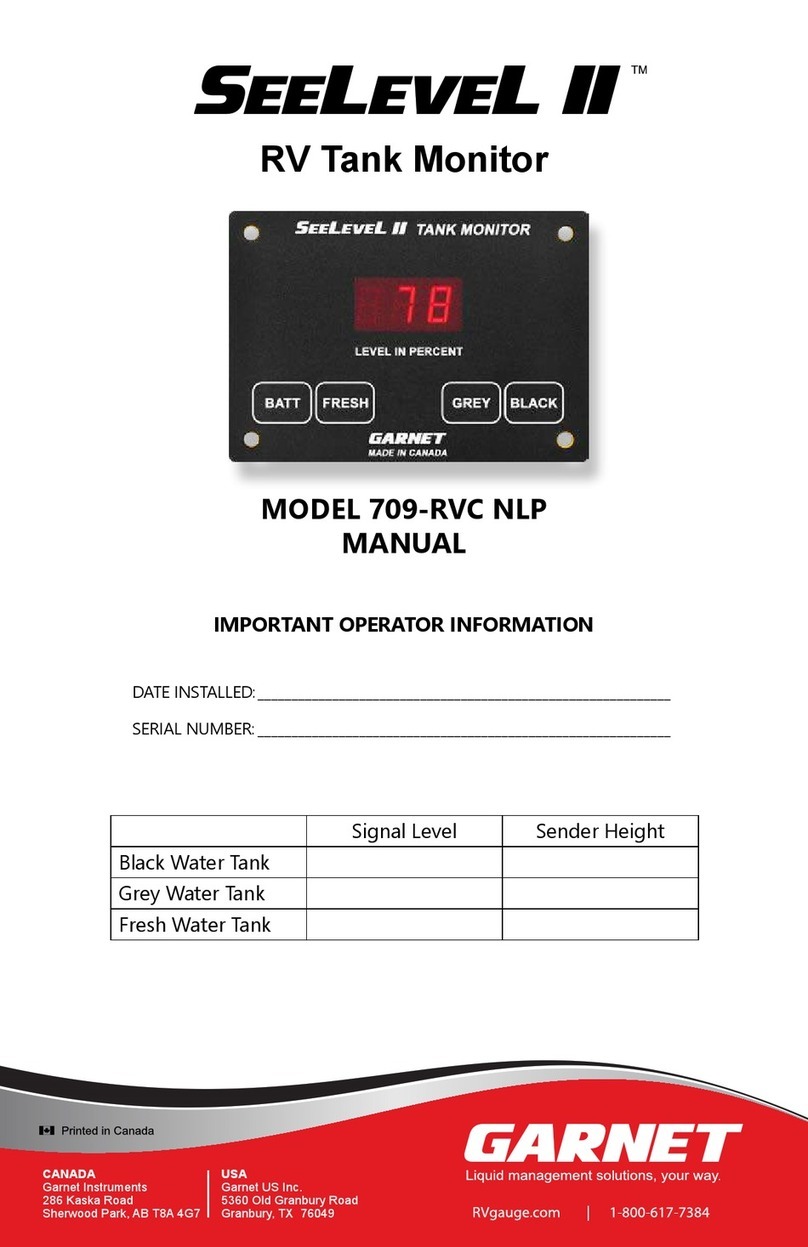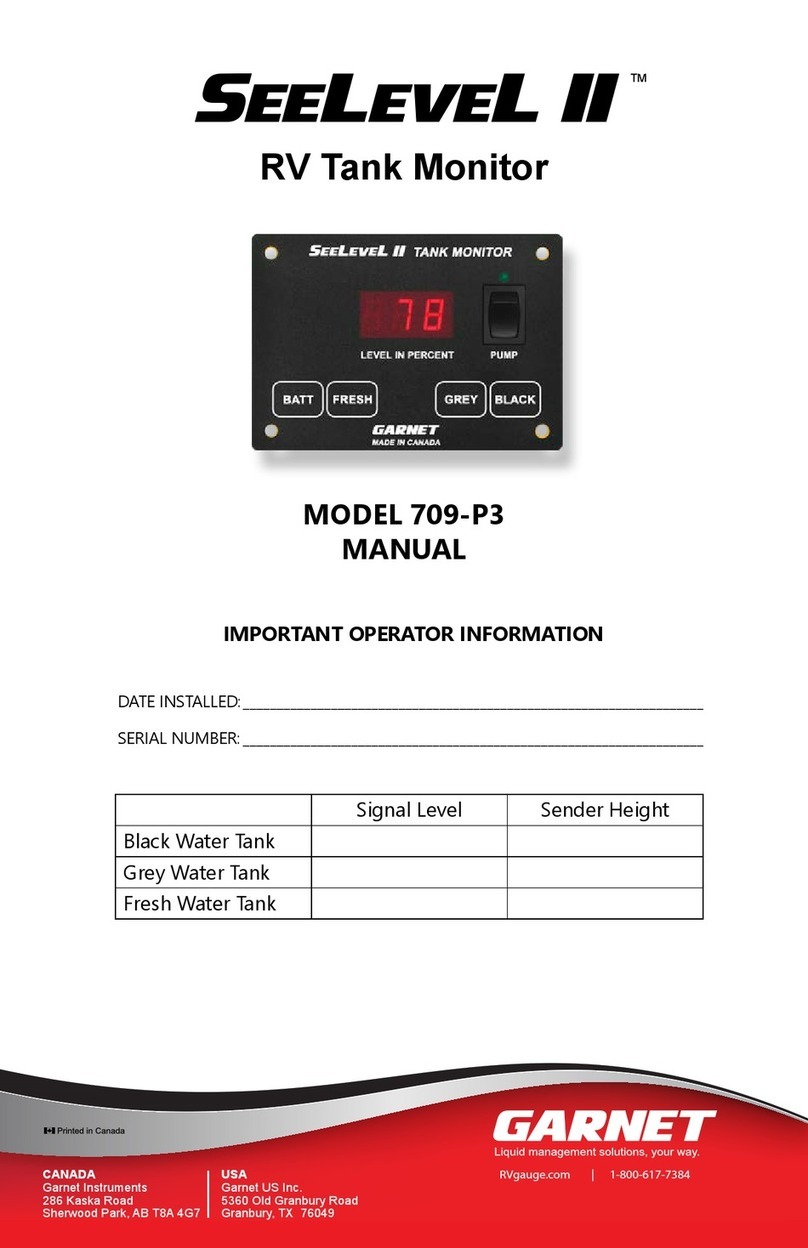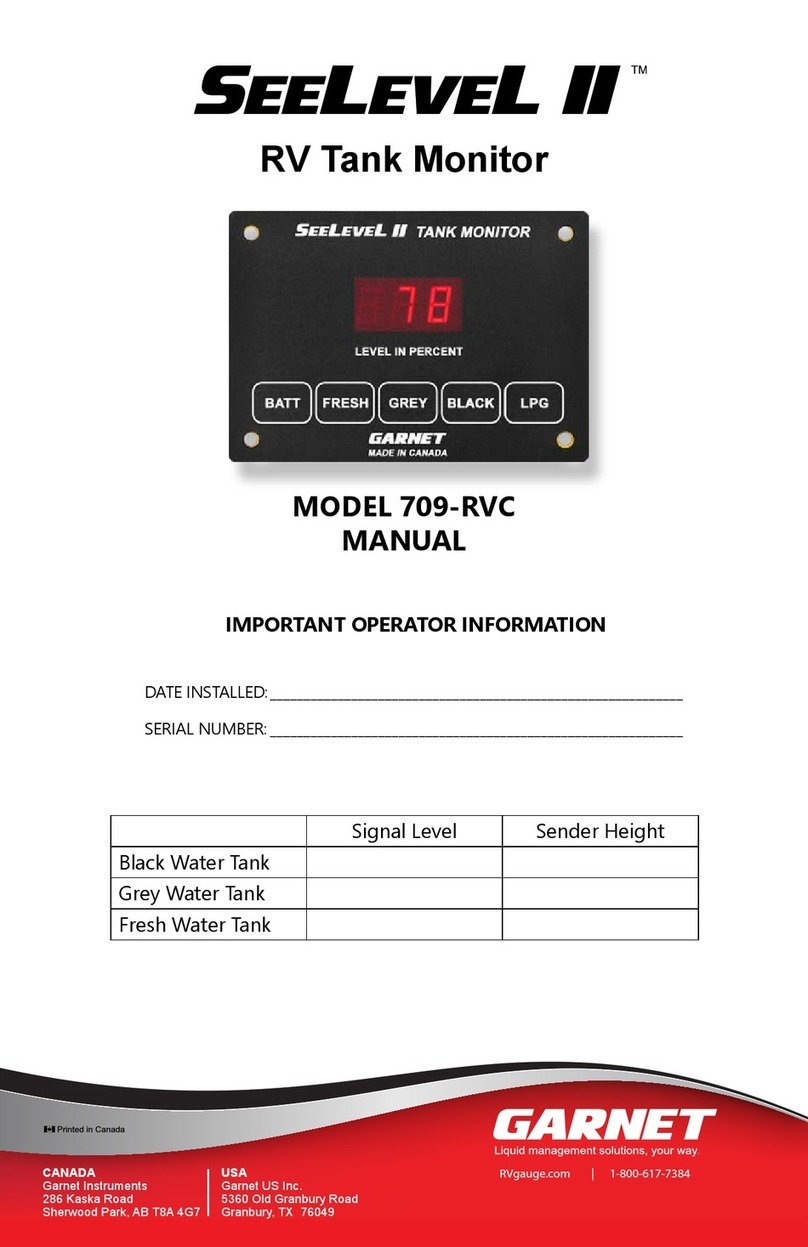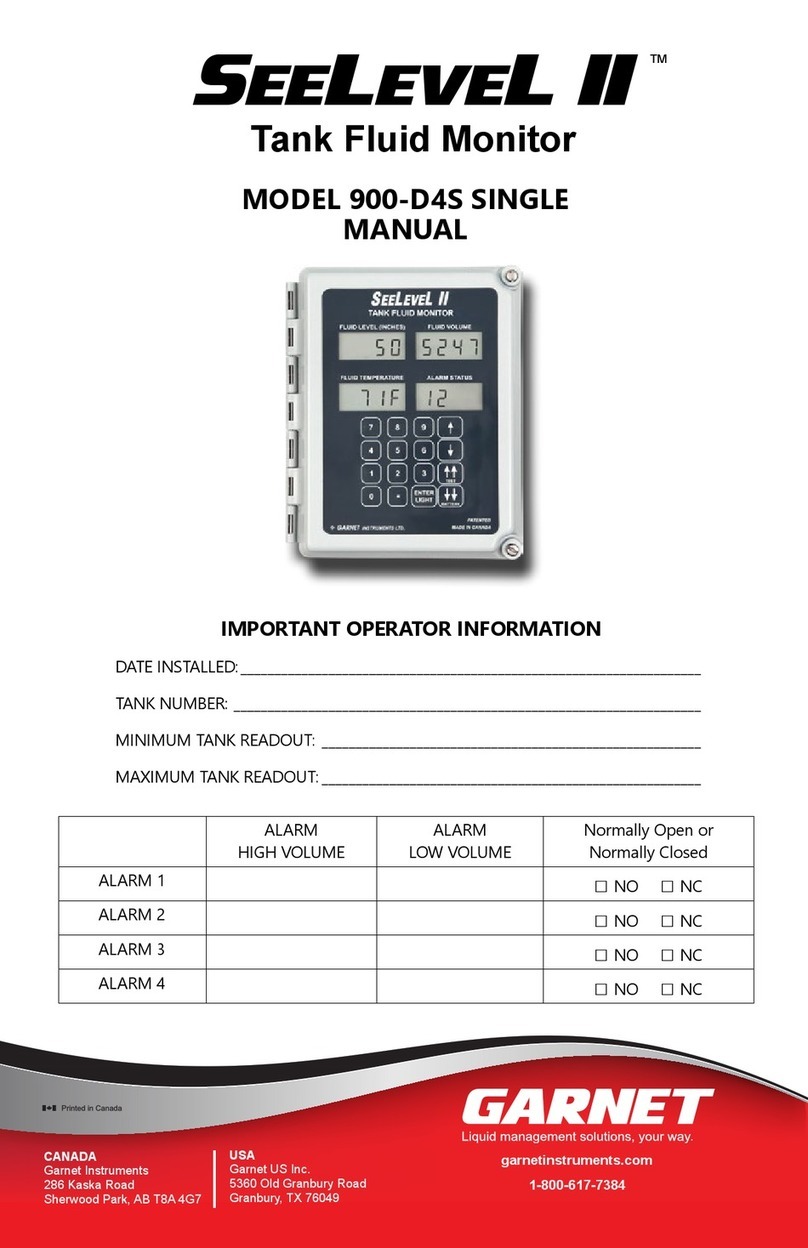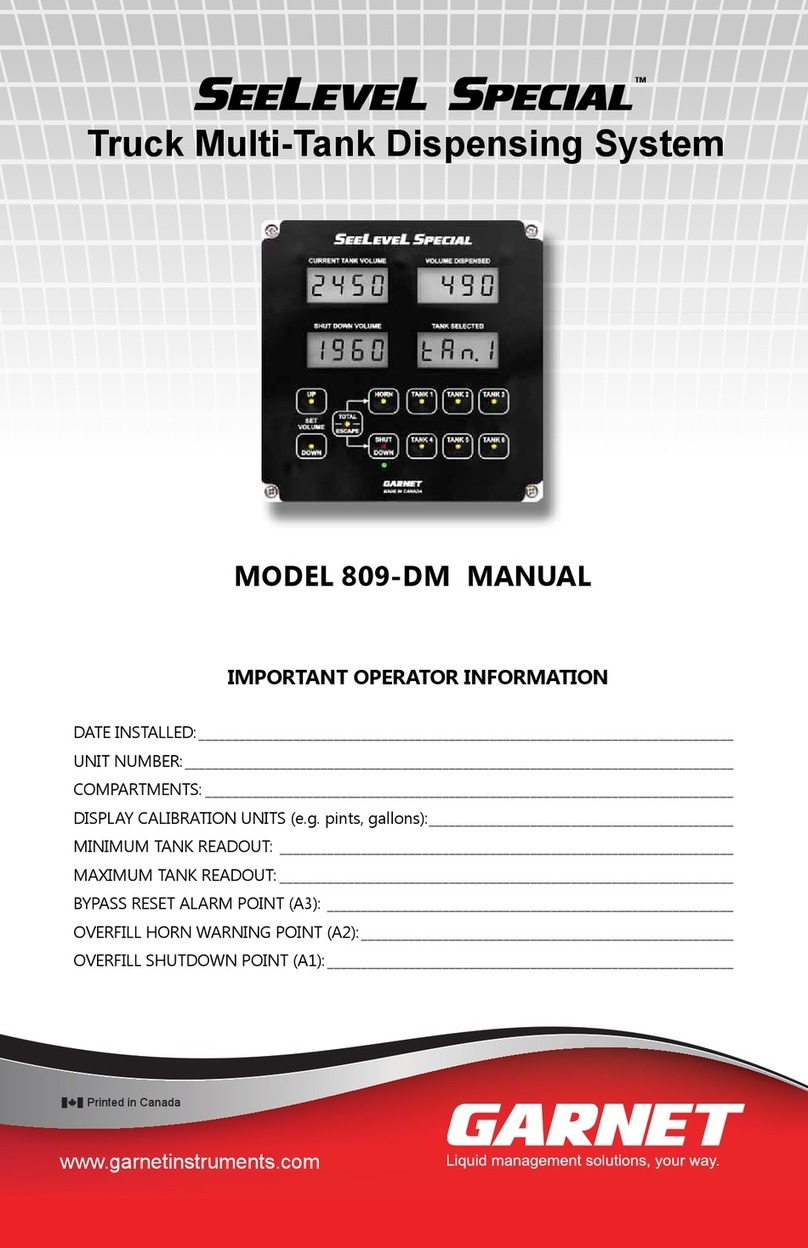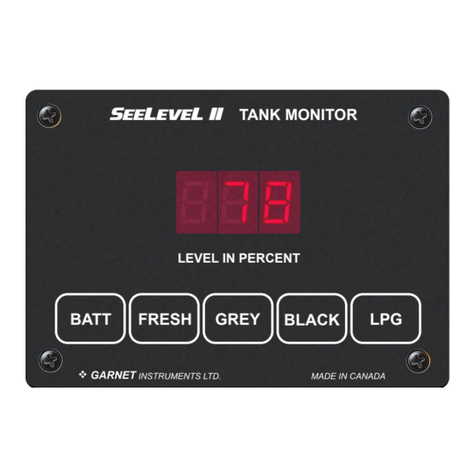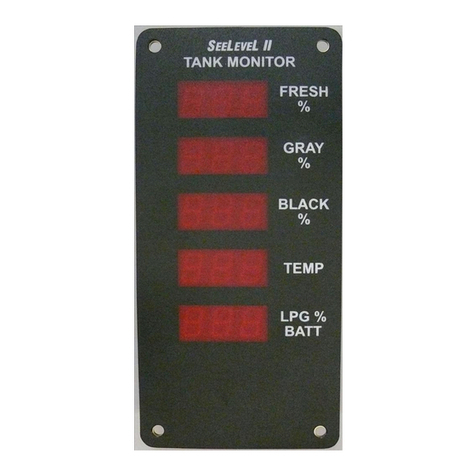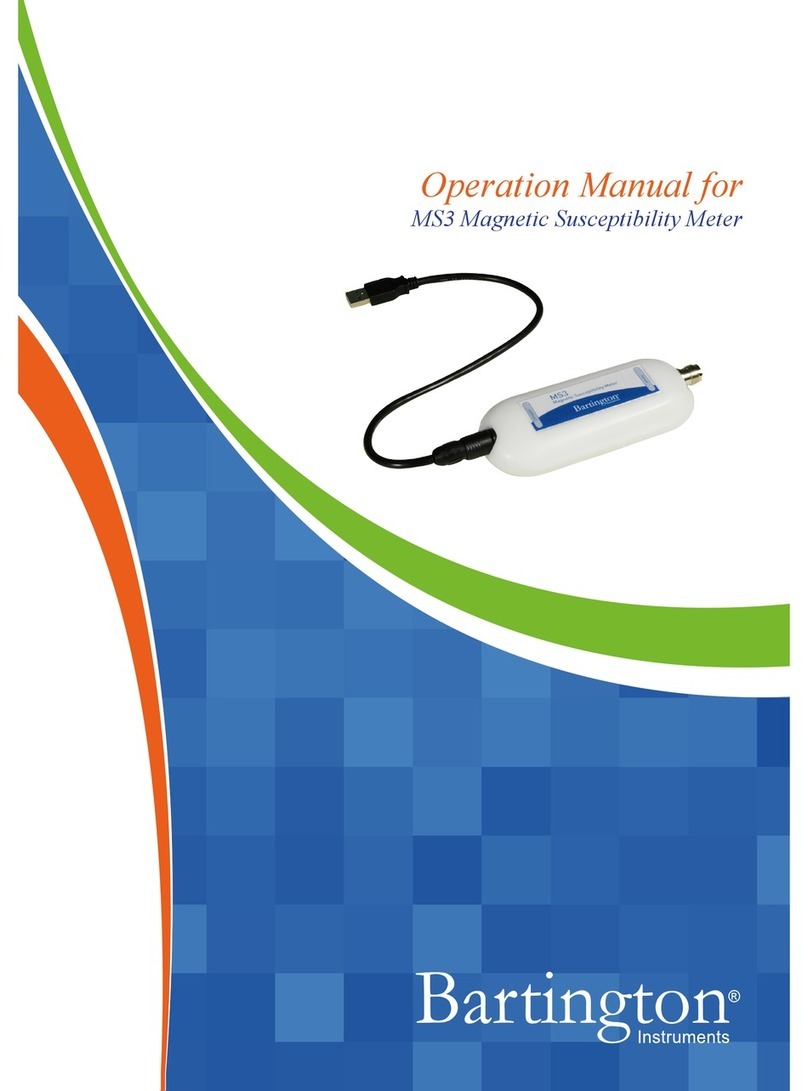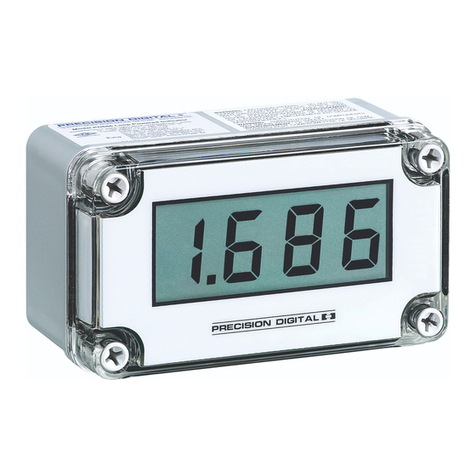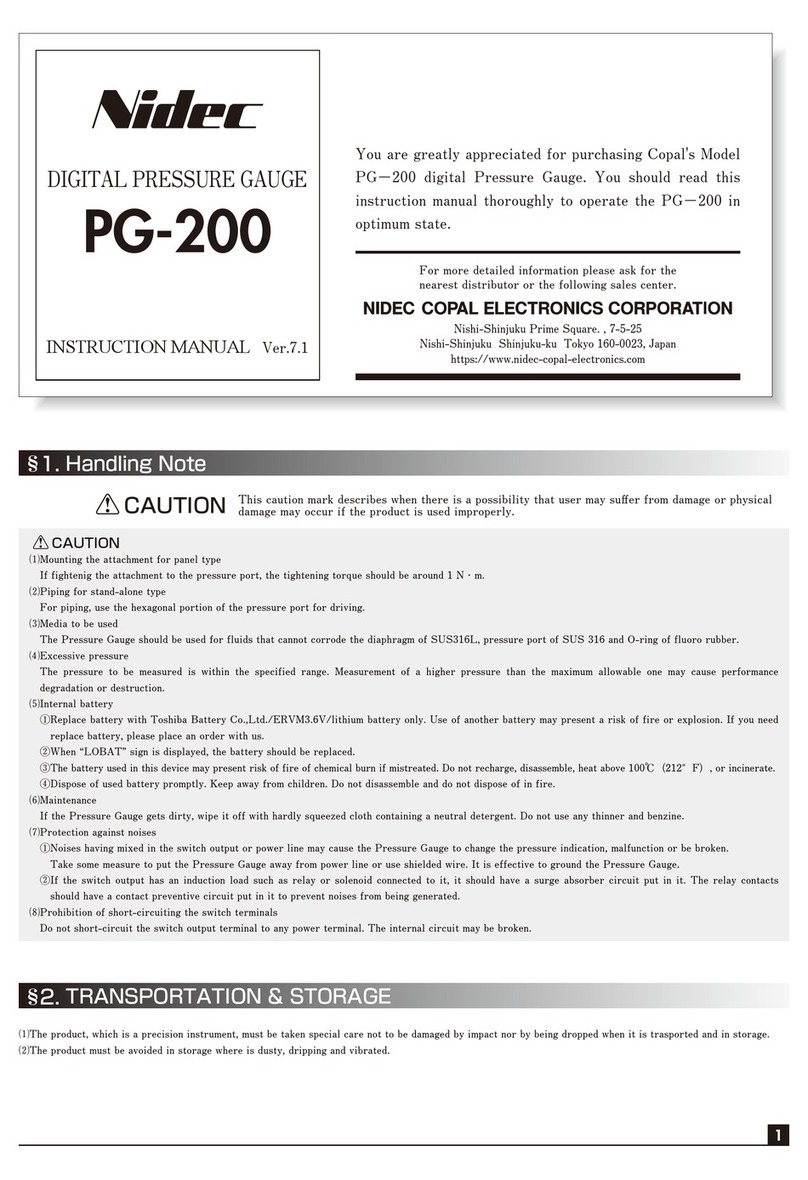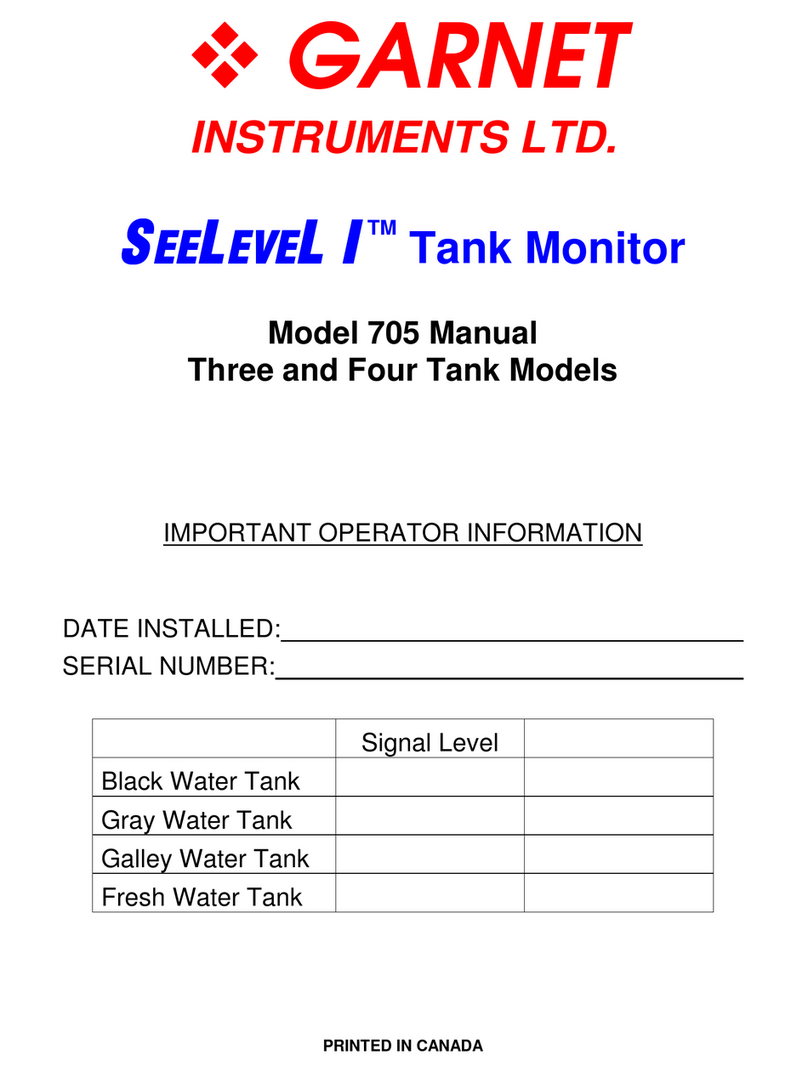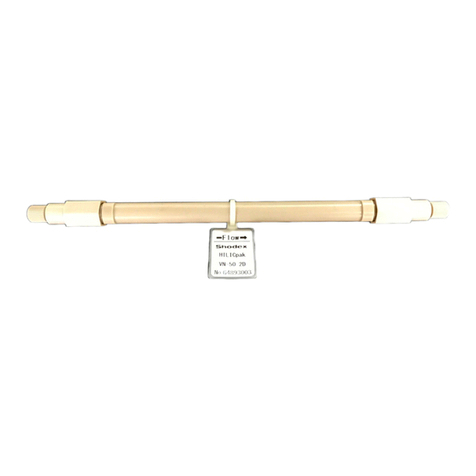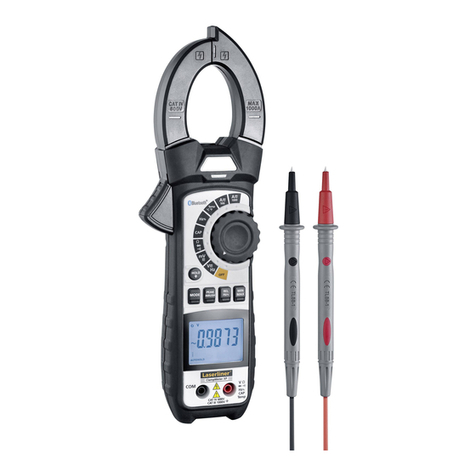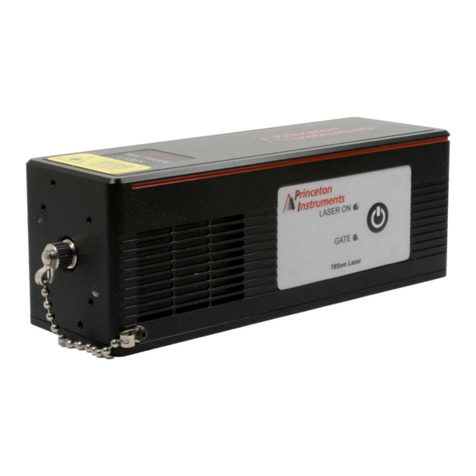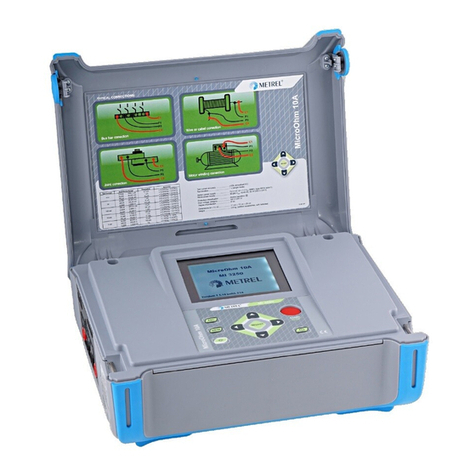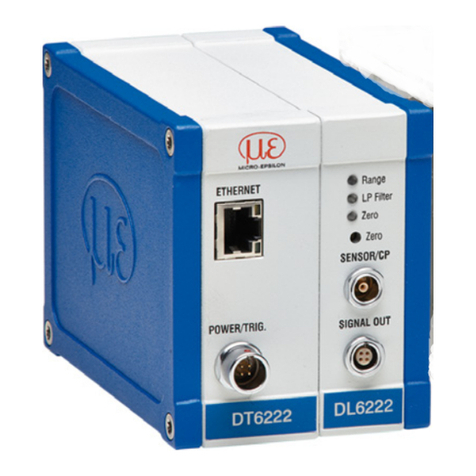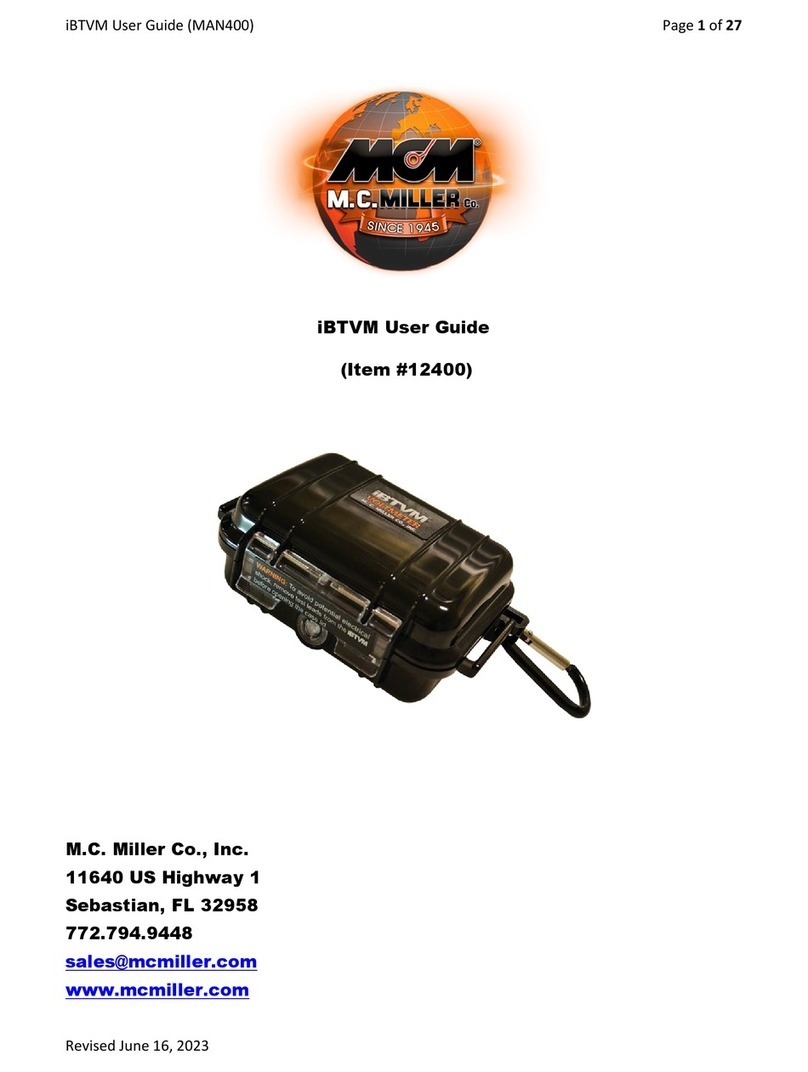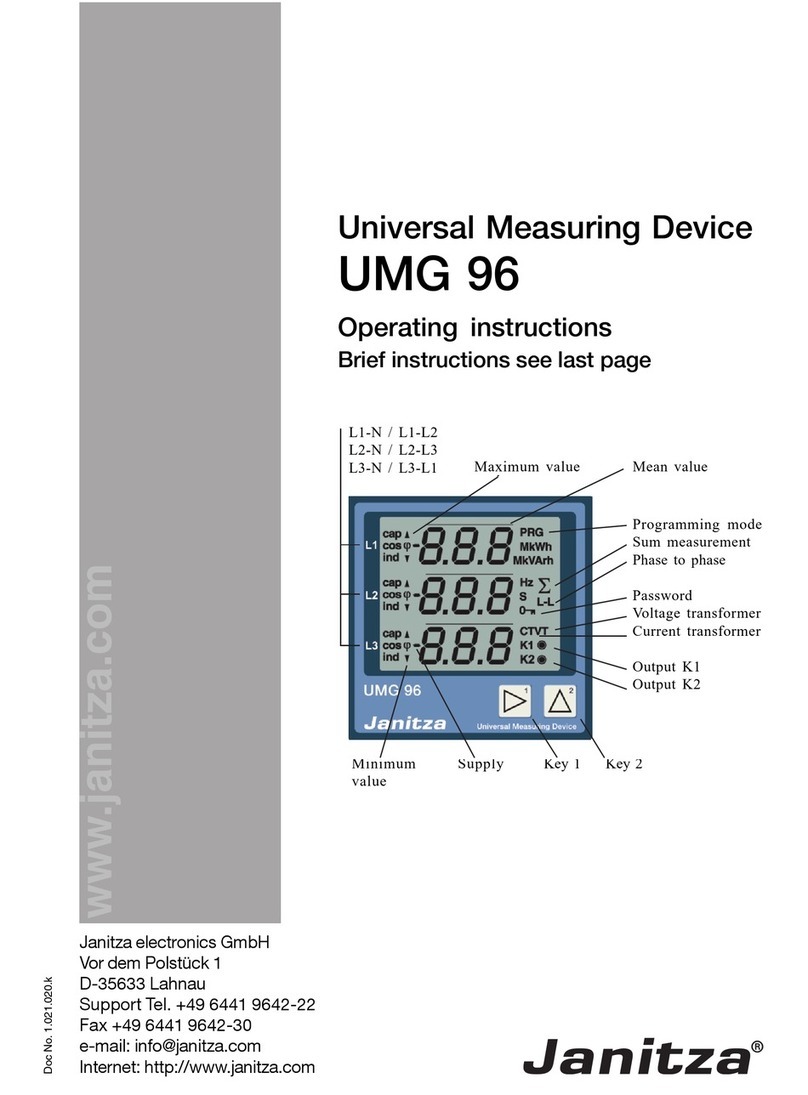
Page 4 709-RVC PM Manual
The SeeLeveL consists of a display unit that mounts inside the RV,
and sender panels that stick to the side of the holding tank. A
single 2 conductor wire is used to connect all the sender panels to
the display.
The Sender: Each sender panel is a exible self-adhesive printed
circuit board which is adhered to the side of the holding tank. The
sender panel can be cut to length to match the height of the tank, and
it auto calibrates itself so that it can read from Empty to Full regardless
of the height of the tank. The sender scans the water level through
the tank wall using advanced digital techniques programmed into
the sender microprocessor. When the sender transmits the water
or sewer level information to the display, it sends a digital code that
has built in error detection, making it highly unlikely for the display
to read an incorrect level, even if the wiring is marginal. In addition
to the level, the sender also transmits diagnostic information about
its operation. This information can be used to determine if there
is buildup of sludge on the inside of the tank, or to determine if
the sender is damaged or delaminating from the side of the tank. If
sludge buildup in the tank becomes extreme the gauge will cease
to operate properly, so by monitoring the signal power the tank can
be cleaned before the buildup gets excessive. Three dierent sender
options (710JS, 710ES, and 710SS) and the ability to double stack
the senders provide accurate level measurement for tank heights
ranging from 4½” to 34”.
The Display: The display receives the information from the three
sender panels via a single 2 conductor wire, and displays the level
information in percent of full on a 3-digit LED display. When the
button for a particular tank is pressed, the display shows the level for
that tank. If the button is pressed and released, the display will show
the level for about 5 seconds and then shut down automatically. If
another button is pressed before the display shuts down, then the new
level will immediately be shown. If the same water or waste button
is pressed twice, the display will hold on that tank and continue to
show updated levels for 5 minutes before shutting o. This allows
the user to monitor the lling or draining of a tank. By pressing two
buttons at once, the diagnostic functions can be accessed; these are
described in detail in the troubleshooting chapter.
If a sender is operating properly and connected to the display with
good wiring, then the display will show the level normally. If the
wiring is disconnected, shorted, or cut, or if the sender panel is
defective, then the display will indicate an error code. The various
error codes are shown in the troubleshooting chapter.
CHAPTER 2 - SYSTEM DESCRIPTION




















